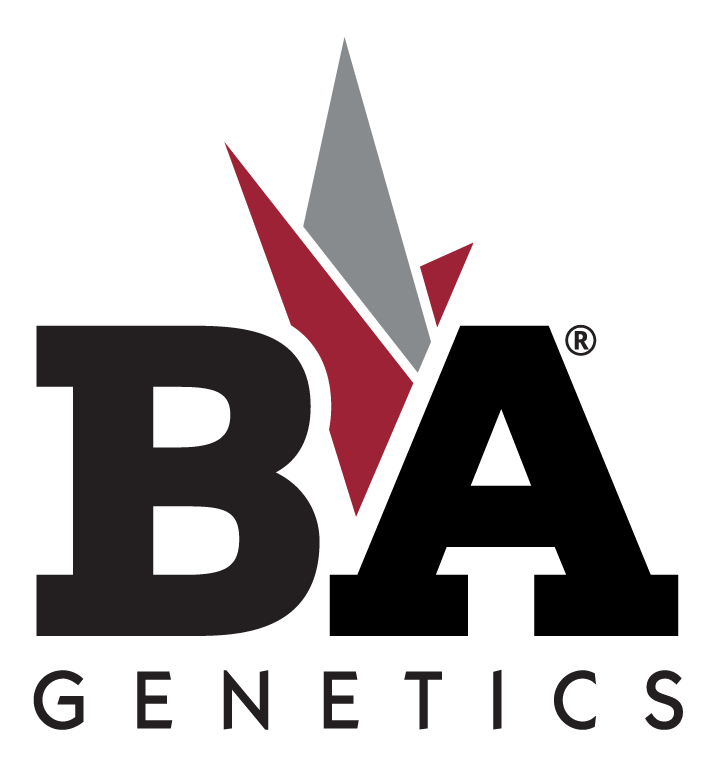Everything to know about soybean nodulation
Did you know that soybeans have a higher requirement for nitrogen than corn does per bushel???
Soybeans require five pounds of nitrogen per one bushel of yield. An 80 bu/ac soybean crop requires 400 lbs of nitrogen per acre, 50 to 80% of that nitrogen comes from the nitrogen produced by the nodules that colonize the soybean root system.
Bradyrhizobium japonicum
This is a bacterium that colonizes the roots and produces nitrogen fixing nodules. It forms a symbiotic relationship with the soybean roots that fixes the nitrogen from the air. The rhizobium provides the nitrogen to the soybean plant and the soybean plant provides carbohydrates and other nutrients to the bacteria.
Nodulation process
The soybean nodulation process occurs around V2 to V3. The process begins when the soybean plant roots sends out a chemical signaling compound to the surrounding root area. This signal tells the Brady rhizobium bacteria it is ready to have its roots colonized by the bacteria. Bradyrhizobium japonimum bacteria is unique to soybean plant and will actually only colonize soybeans. After the bacteria colonizes the soybean plants roots, it will form a gall or nodule that will start to fix atmospheric nitrogen and convert it to ammonia nitrogen for use by the soybean plant. The nitrogen supplied by the nodules goes to producing dry matter and grain formation. Healthy active nodules are red or pink in color on the inside. This color means the nodules are healthy. Nodules are active for six to seven weeks during the growing season. A healthy soybean plant should have 6 to 20 large healthy nodules along the main tap roots and smaller ones on the auxiliary roots to maximize production.
What can affect nodulation
Nodulation can be affected by several factors. Here are some of them:
-How long since soybeans have been grown in that field. (If there has not been a soybean plant grown in that field in the past three to five years, a soybean inoculant should be used. This will help in the process of increasing nodule formation.)
-Soil pH. (Nodules form best in a soil pH from six to eight. If the soil pH is below a pH of six and above a pH of eight, it increases the chance of poor nodulation.)
-Dry fields, fields low in organic matter or sandy fields. (This can affect the formation of healthy nodules.)
-High residual soil nitrogen. (This could be manure or even a carry-over of applied synthetic nitrogen.)
-Greater supply of nitrogen in the surrounding soil. (The smaller number of nodules that will form and less fixation of nitrogen. Nitrogen generally applied to soybeans does not increase yield.)
Tips for success
-It is important to have good nodulation on soybean roots!!
-Use an inoculant if your field has not had soybeans planted in it in the past three to five years.
-Also use an inoculant if your field has a low pH, low in organic matter and if it is sandy.
Protect-N-Grow Elite
B&A Genetics has an option to help growers increase their nodulation on soybeans, that is with our Protect-N-Grow Elite. It has a high-grade inoculum that last 240 days on seed and produces more nodules! Growers see higher yields compared to untreated, uninoculated seed.
Let us answer your questions, and help you get a higher yield on your soybeans! Contact a local B&A Genetics EdgeUp Advisor today.

